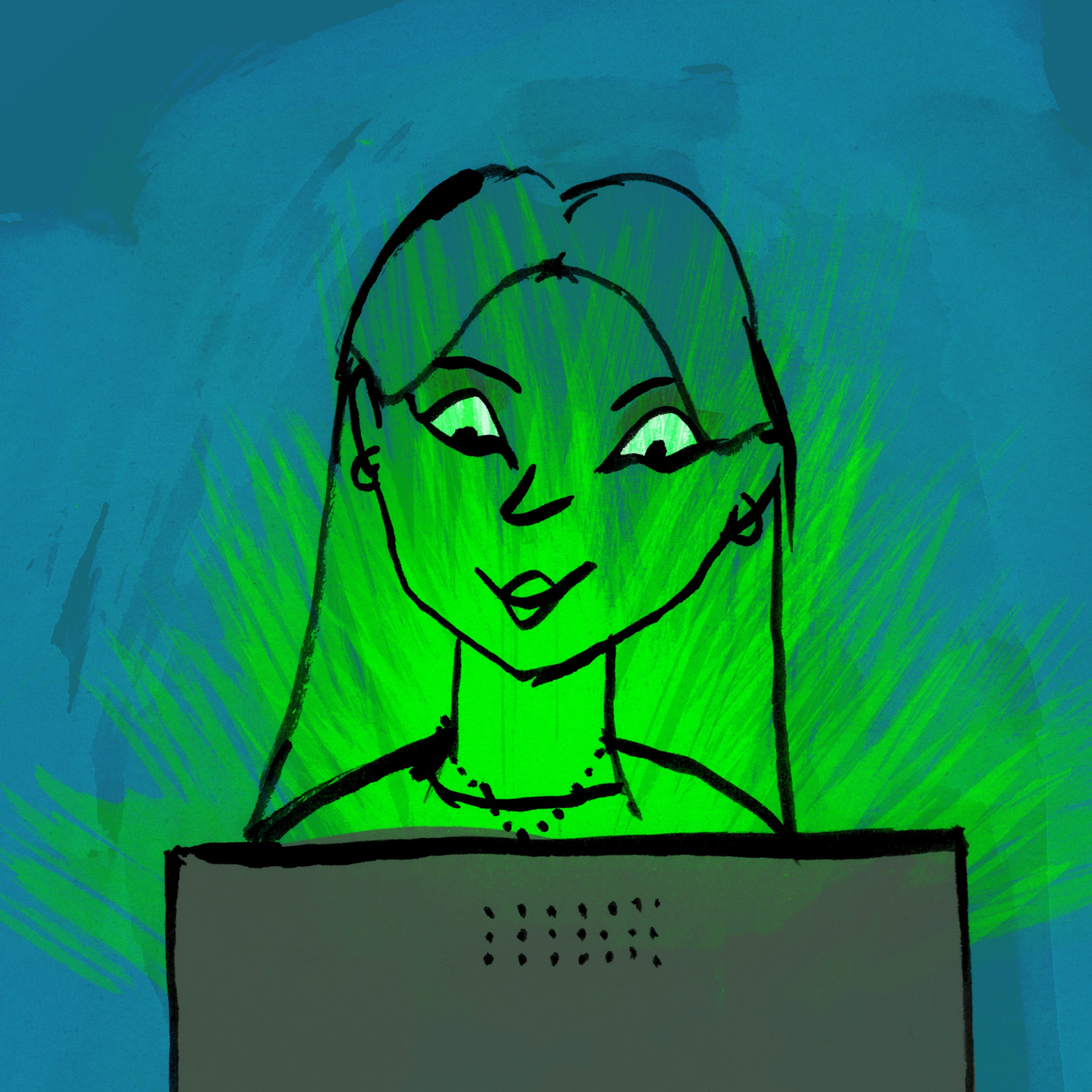Permanence
Description
Aleks Krotoski explores a story which sought to be forgotten, but wasn't. Agrippa (A Book of the Dead), was published in 1992. It was a book designed to decay from its very first use. It was an unusual conceit, and played into our fears about malfunctioning technology ahead of the dawning millennium.
The book was created by publisher Kevin Begos Jr, artist Dennis Ashbaugh and writer William Gibson. The writing – a 302 line poem – was stored on a floppy disc within the publication. It would lock after play, meaning the user could experience the work only once. Dennis Ashbaugh’s art work was similarly motivated. His images distorted if touched.
These qualities tied in with Agrippa’s dominant theme. Gibson’s poem centred on the loss of his father. The name Agrippa (A Book of the Dead) referred to the photo album in his family home. It was produced by Kodak, and the particular volume was called Agrippa. Inside the album, there were visual reminders of all those who’d gone before. They provided memories, of sorts, for Gibson, and his autobiographical poem centres on those images.
With thanks to The Bodleian Library in Oxford, and to all of our contributors in this programme: Justine Provino, Dr Huw Twiston Davies, Dr Chris Fletcher, Professor Maureen Ritchey and Dr Laura King.
Presenter: Aleks Krotoski
Producer: Victoria McArthur
Researcher: Juliet Conway






